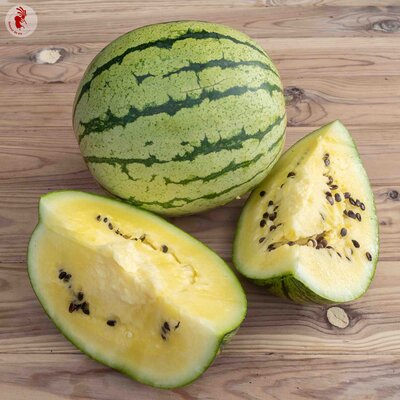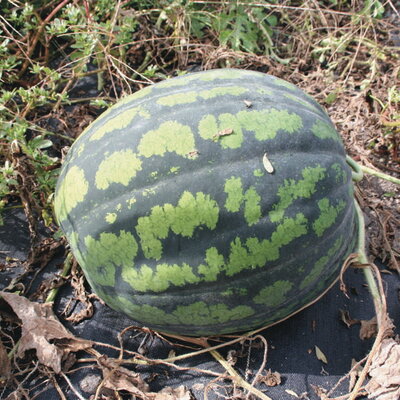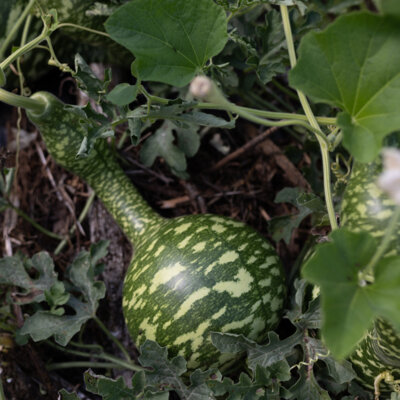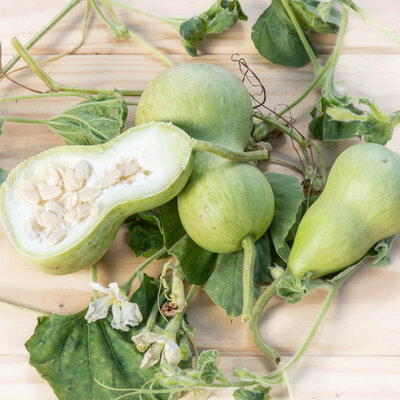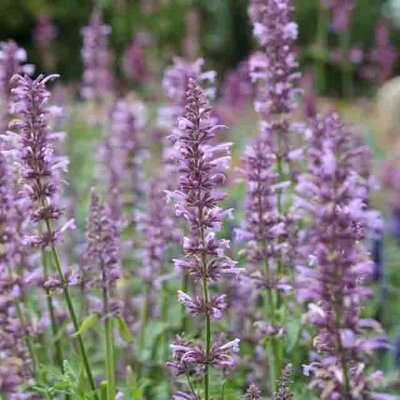
Agastache pallidiflora
This magnificent species can reach 1 m in height. It has an abundance of pink or mauve/lavender flower spikes and minty-scented foliage. It is a low-growing species, compared with other bushy Agastaches.
Discover it on the Kokopelli blog: "Agastaches to treat malaria, depression, cancer, hepatitis...".
These products may also be of interest to you
in bucket
Sow on the surface, in pots or trays, under a well-lit shelter. Press lightly and keep moist. Germination takes a long time, requiring a period of 1 to 3 weeks at a temperature of around 20°C. Re-pot seedlings at the 2 to 4-leaf stage in individual cups. Transplant seedlings in the open ground after the last frosts, 30 cm apart in all directions.
March, April, May
June, July, August, September
in the ground, in pot
sunny, semi-shade
low
all floor types
fees, light, drained
Agastache pallidiflora
mid-season
200 seeds
Pink, Purple
From 50 to 60 cm
It was one of the most important wild foods for the Native American peoples of the southwestern USA (Comanches, Pima, Ute, Yuma, Papago, Païute, etc.). It is also a medicinal plant: the Navajo and Ramah peoples used it to treat coughs, skin lesions and fevers, as well as to protect and purify the atmosphere. A 2019 study carried out in Belarus highlighted the presence of the terpene menthone in Agastache pallidiflora and Agastache aurantiaca.



